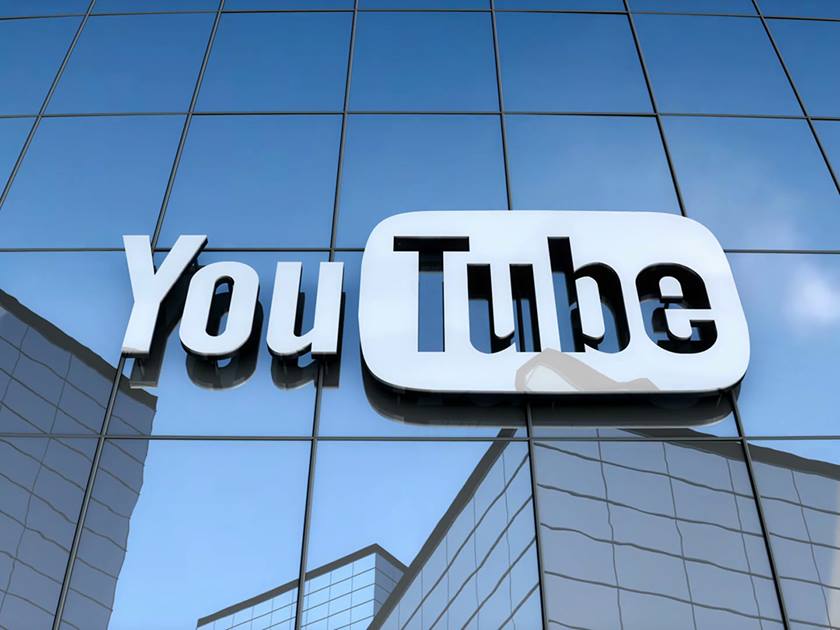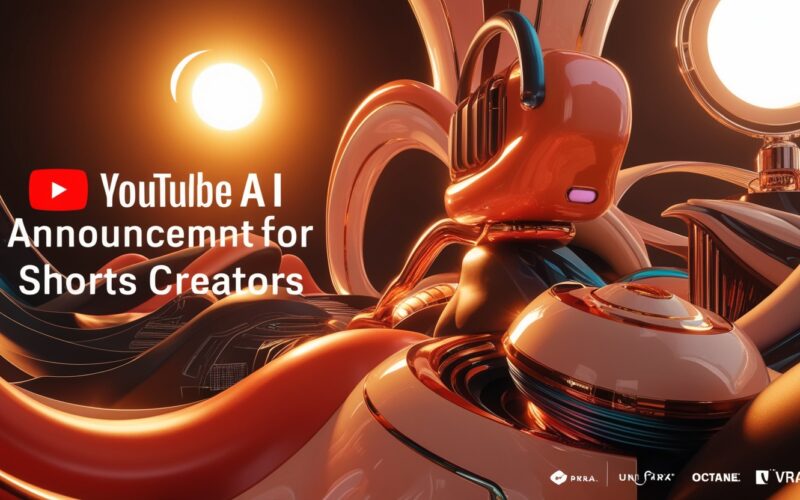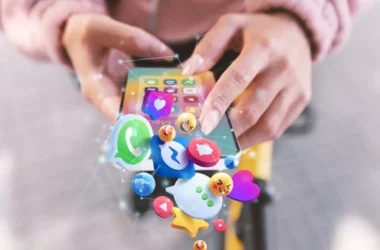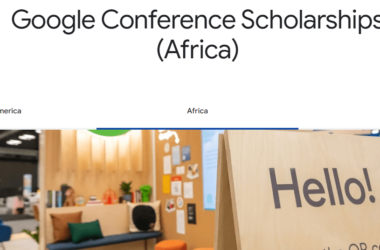On Wednesday, YouTube made a significant announcement that promises to reshape the landscape of content creation on its Shorts platform. The introduction of artificial intelligence features powered by Google’s DeepMind video-generation model aims to empower creators, enabling them to produce innovative and engaging content more efficiently.
Introducing Veo: A New Era of Content Creation
The new features, collectively known as Veo, will allow creators to integrate AI-generated backgrounds into their Shorts videos. Additionally, they will have the capability to use written prompts to generate stand-alone six-second video clips. This advancement represents a substantial upgrade from YouTube’s previous AI feature, Dream Screen, announced in 2023.
YouTube CEO Neal Mohan emphasized the transformative potential of Veo during his remarks at the Made on YouTube event in New York. “Everything that we showed with AI was meant to really enhance the work that you do, make it faster, more efficient, to bring your creative ideas to life faster,” Mohan explained.
The rollout of the Veo AI backgrounds is expected later this year, while the six-second AI clips will be available in 2025. This timeline indicates YouTube’s commitment to continuously improving its offerings for creators.
Enhancements in YouTube Studio
In addition to Veo, YouTube also introduced new features within the YouTube Studio app, which will utilize AI to assist creators in generating titles, thumbnails, and video ideas. These enhancements are slated to launch in late 2024. Such tools promise to simplify the creative process, allowing content creators to focus on their core message rather than spending excessive time on logistical details.
The Generative AI Revolution
The integration of generative AI into content creation is rapidly gaining traction among creators across various platforms. Many have already started to experiment with AI technology, using it to enhance their videos or even produce content entirely generated by AI. This trend has opened up new avenues for creativity, making high-quality content creation more accessible than ever before.
However, this shift toward AI-driven content is not without its challenges. Some creators have voiced concerns over how their original videos are utilized to train the AI models that power features like Veo.
Creator Concerns and Industry Implications

Thomas Simons, a comedian with over 15 million subscribers on YouTube, articulated the ambivalence that some creators feel toward the rise of AI in content creation. “I don’t know how I feel about all this AI stuff,” he said. “It doesn’t fill me with confidence and love.” His sentiment reflects a broader concern in the creative community regarding the potential dilution of originality and the threat posed by AI-generated content.
The criticism isn’t limited to just individual creators. Concerns have been raised about other social media platforms, such as Facebook, which have become cluttered with spammy, AI-generated content. This has led to fears that the same could happen on YouTube, which prides itself on being a platform for authentic and original content. Moreover, there are significant legal implications regarding intellectual property rights and the use of creators’ work to train AI models.
In response to these concerns, YouTube has stated that all AI-generated content will be watermarked and labeled as such. This transparency aims to mitigate some of the anxiety surrounding the use of generative AI and its implications for intellectual property.
A Unique Intersection of Technology and Creativity
YouTube’s foray into AI signifies a pivotal moment in the evolution of the creator economy. By providing creators with free access to tools typically reserved for large language models, YouTube is redefining what it means to create content in the digital age.
“We really sit at the nexus of that technology and creativity,” Mohan noted. “Putting those two things together gives us this unique lens that everything we build is really about enhancing that human creativity.” This perspective underscores YouTube’s mission to empower creators rather than replace them.
Conclusion: Embracing the Future of Content Creation
As YouTube continues to evolve its platform and features, the introduction of AI tools like Veo signals a transformative shift in how content is created and consumed. While the benefits of enhanced creativity and efficiency are evident, the challenges posed by AI technology must also be carefully navigated.
Creators will need to adapt to this new landscape, balancing the use of AI tools with their own creative instincts to produce content that resonates with audiences. The future of YouTube Shorts and the platform as a whole hinges on this delicate balance between innovation and originality. As the rollout of these AI features approaches, it will be crucial for creators, audiences, and industry stakeholders to engage in ongoing discussions about the implications of AI in content creation.
Ultimately, YouTube’s advancements offer exciting opportunities for creators willing to embrace new technologies while staying true to their unique voices. The integration of AI into the creative process promises to redefine the boundaries of what’s possible in digital content, marking the dawn of a new era for creators and viewers alike.





